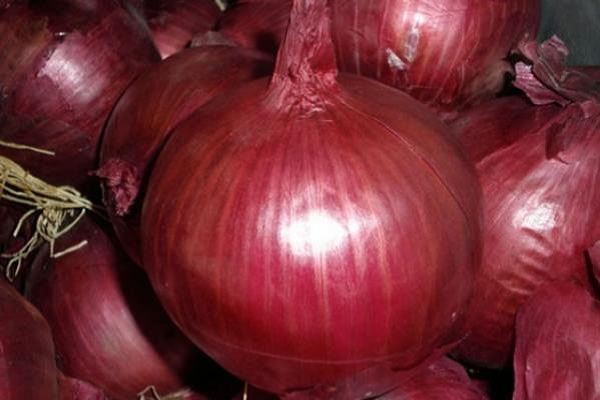Small scale onion farming in Kenya is gaining popularity. It is also becoming popular because it is affordable to start and its returns are high.
Onion farming in Kenya can be done in greenhouses and open gardens. The most commonly used onion is the bulb onion. It is locally consumed and available from roadside sellers to supermarkets.
Before you start
A few things to know about onion farming in Kenya would include price, market availability and variety to plant. A hectare of red creole onions would ideally produce 17 tons. Average market prices for a kilo of onions are at around 50 KS. This means that one would make at least 850,000 KS from the harvest. The cost for planting the one hectare is around 100,000 KS.
The onions take five months from planting to harvest, depending Currently most Kenyan farmers average 3 tons of per month from small scale onion farming. The yield can be double by simply cutting extra effort and using appropriate methods and doing proper research on onion farming.
Planting
You can grow onions using transplants, seeds or sets.
Transplants are seedlings that usually are started in the growing season; they usually form good bulbs within a short time 60 days or less.
Sets are bulbs that are not yet mature from the previous season. They are very easy to plant, harvest and are quite
resistant to diseases.
The only downside they have is they may bolt (shoot up a flower stalk prematurely)
If you plant onion sets, the sets may be identified only as white, red, or yellow, rather than by variety name. Most growers prefer white sets for green onions. Growing onions from seed offers one a wide variety of choice. The only disadvantage is that you have to wait up to 5 months for the onions to mature.
Watering
In onion farming in Kenya where climatic conditions vary it is important to consider watering. Very dry conditions cause bulbs to split. It is a good practice to water them moderately weekly. Onions do not do well with weeds and it is a good practice to do weeding.
You can use a sprinkler or pipe to water your onions. A good time to water them is early in the morning. If you water them in the heat of the day a lot of water is lost to evaporation.
A good practice when watering the onions is to avoid watering them from above in the evening as moisture settling on leaves easily cause diseases.
Harvesting
Knowing when your onions are ready to harvest is not hard. Their leaves will lose color, weaken at the top of the bulb and hang low. There is nothing wrong with that it just shows that they have stopped growing. Onion farming is at its last stage, harvesting.
Let most of your onion tops fall over by them – maybe 80% or 90% of them – then bend over the rest of the tops. Once they’re down, leave the bulbs in the ground for another 10 days to two weeks to mature fully. It’s not good to leave the onions in the ground for longer than two weeks after the tops die because they become open to organisms that can cause rot in storage, or they might even start growing again.
Let most of your onion tops fall of naturally. Once this has happened let them stay in the ground for another 10 to 12 days to allow them to fully mature. Do not let them stay in the ground for more than 14 days, they may be exposed to diseases.
Harvest on a sunny day this allows for the roots to dry and die.
Picking a good day to harvest in onion farming will determine how well the onions will keep. If you harvest them in moist conditions they won’t dry out so well. Remember they have a shelf life of up to 4 to 6 weeks








